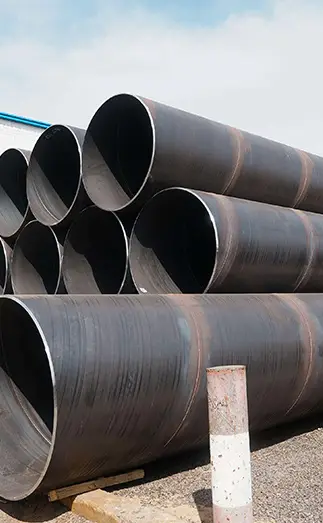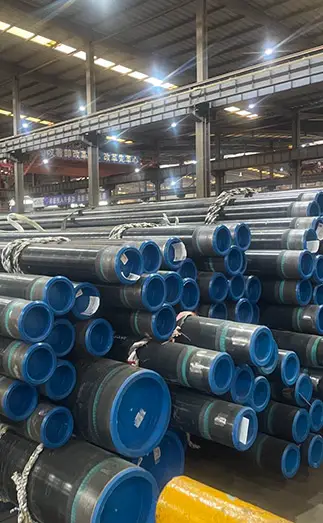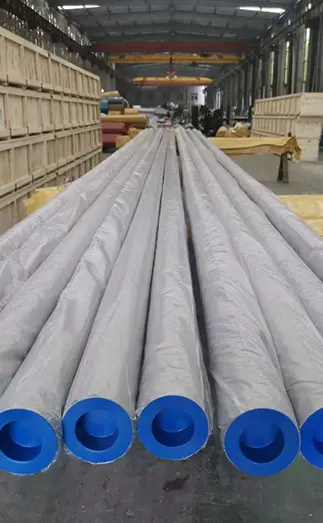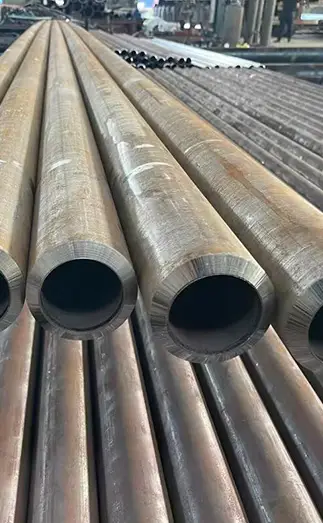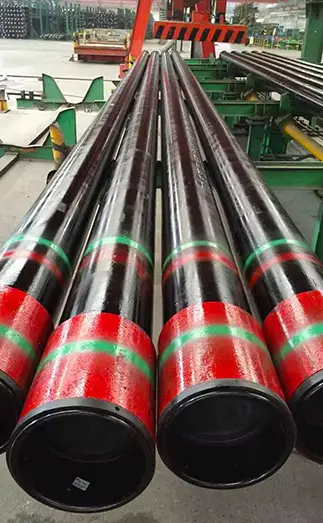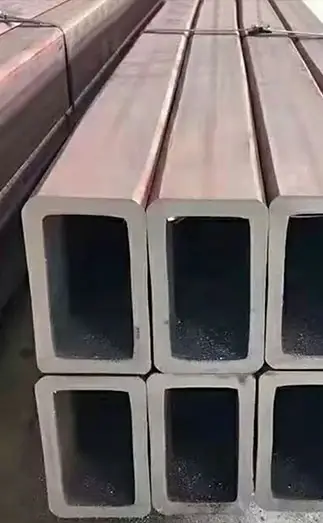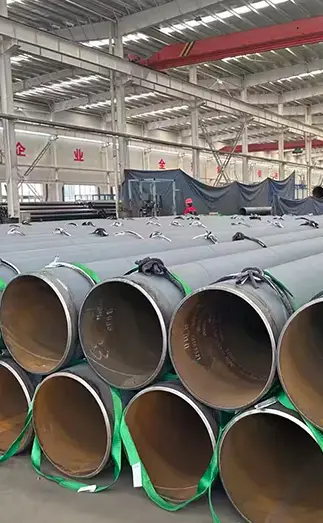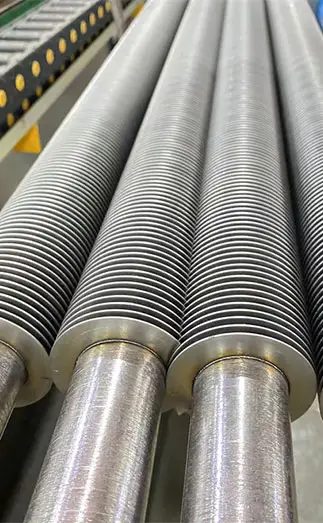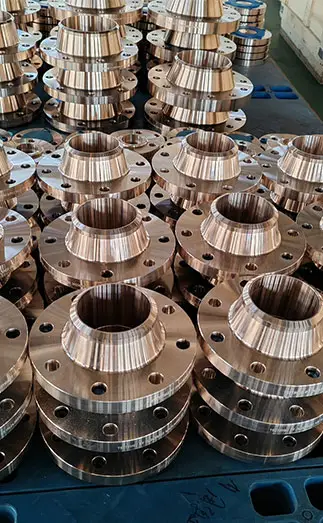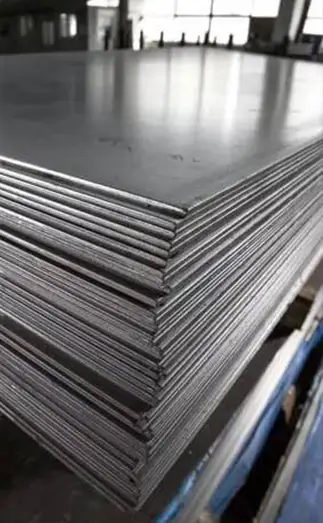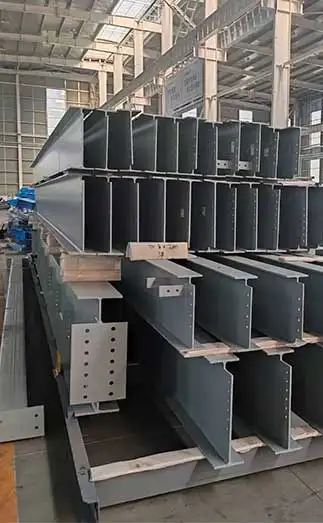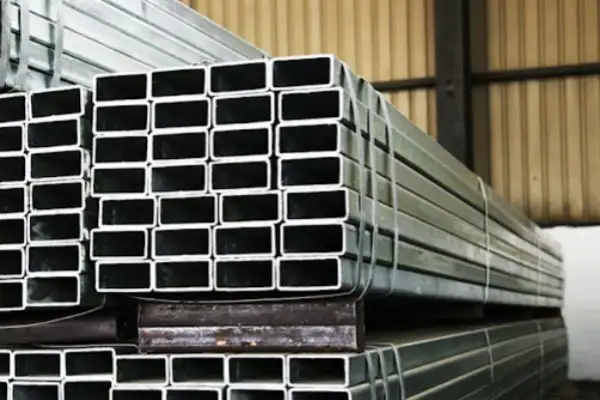Q420B straight seam welded steel pipes, as a high-strength low-alloy structural steel product, offer broad application value across multiple industrial sectors. Due to their excellent mechanical properties, good weldability, and strong weather resistance, they have become a key material choice in construction, bridge engineering, and machinery manufacturing. This article provides a comprehensive analysis of the technical features and development outlook of Q420B straight seam welded pipes from the perspectives of material characteristics, production processes, application scenarios, and market prospects.
Super Steel Manufacturing Co.,Ltd is professional straight seam welded steel pipes manufacturer, for more details, please contact:sales@super-steels.com
1. Material Properties and Standard Specifications
Q420B is classified as a high-strength low-alloy structural steel under the Chinese standard GB/T 1591-2018. The "Q" denotes yield strength, with "420" indicating a minimum yield strength of 420 MPa, and "B" referring to the quality grade of the steel.
Compared to conventional carbon steels, Q420B achieves grain refinement and precipitation strengthening through the addition of microalloying elements such as niobium, vanadium, and titanium. These elements significantly enhance strength while maintaining favorable ductility and toughness.
In terms of chemical composition, Q420B is strictly regulated, with a carbon equivalent (Ceq) below 0.45% to ensure good weldability. Mechanically, it offers a tensile strength of 520–680 MPa, an elongation of at least 18%, and a Charpy impact energy≥34 J at 20°C, making it suitable for many low-temperature applications.
2. Production Process and Technical Considerations
Q420B straight seam welded pipes are primarily manufactured using the high-frequency electric resistance welding (ERW) process. The typical production workflow includes:
Longitudinal shearing of steel plates
Forming
High-frequency welding
Heat treatment
Sizing and straightening
Non-destructive testing
During forming, the plate is gradually shaped into a tube using multiple rolls. The accuracy of forming directly influences weld quality. In the welding phase, high-frequency current (100–400 kHz) rapidly heats the pipe edges to a molten state, and metallurgical bonding is achieved through pressure from squeeze rollers.
Due to the heat sensitivity of Q420B, welding parameters must be tightly controlled. The heat input is typically maintained between 15–25 kJ/cm to avoid grain coarsening in the heat-affected zone (HAZ), which could lead to performance deterioration.
3. Application Fields and Engineering Examples
Thanks to its high strength and reliable performance, Q420B straight seam welded pipes are widely used in various structural and load-bearing applications:
Building Steel Structures: Commonly used in columns and beams of super high-rise buildings. For instance, the Shenzhen Ping An Finance Center incorporates Q420B pipes to reduce structural deadweight and enhance seismic resistance.
Bridge Construction: Ideal for large-span bridges, especially in components like arch ribs and piers. A notable example is the Chongqing Chaotianmen Yangtze River Bridge, where Q420B pipes (wall thickness >30 mm) were used in the arch rib truss system, contributing to a projected 100-year design life.
4. Market Outlook and Development Trends
China currently produces over 30 million tons of straight seam welded pipes annually, with high-strength variants like Q420B accounting for roughly 25% of that volume. The growth of sectors such as power transmission, prefabricated buildings, and smart infrastructure, as part of the 14th Five-Year Plan, is driving up demand for high-performance welded steel pipes.
According to the China Iron and Steel Association, consumption of Q420B welded pipes is projected to grow 12% year-on-year in 2024, with the market size expected to exceed 20 billion RMB by 2025.
From a technology standpoint, the industry is trending toward higher performance and greener production, driven by intelligent manufacturing technologies, which are gradually transforming traditional pipe manufacturing methods.
5. Selection Guidelines and Practical Considerations
When selecting Q420B straight seam welded pipes for engineering use, several factors must be considered:
Size & Wall Thickness: Should be chosen based on load-bearing and environmental conditions. For cyclic loading applications, fatigue life calculations are recommended.
Welding Requirements: Use low-hydrogen electrodes. Preheat to 100–150°C, with interpass temperatures not exceeding 250°C. Welding procedure qualification is critical.
Low-Temperature Performance: If used in cold environments, ensure the steel meets -40°C impact toughness requirements and is properly certified.
Installation: Protect galvanized or painted surfaces. Use nylon slings to avoid damage during lifting. Maintain a dry, ventilated storage area to prevent corrosion, especially at pipe ends.
Design Considerations: Despite high strength, local buckling risks must be addressed, particularly in thin-walled sections, which may require stiffeners or other reinforcement.
Maintenance: Regular inspections should focus on weld seams and stress concentration areas to detect early signs of cracking or fatigue.
Conclusion
With ongoing advances in materials science and manufacturing technology, Q420B straight seam welded steel pipes are poised to play an increasingly vital role across a range of advanced applications. From deep-sea oil and gas platforms to polar engineering and aerospace structures, ongoing composition optimization and process innovation will further unlock the material’s technical and economic potential, supporting the high-quality growth of China’s manufacturing sector.



 English
English Español
Español Français
Français بالعربية
بالعربية